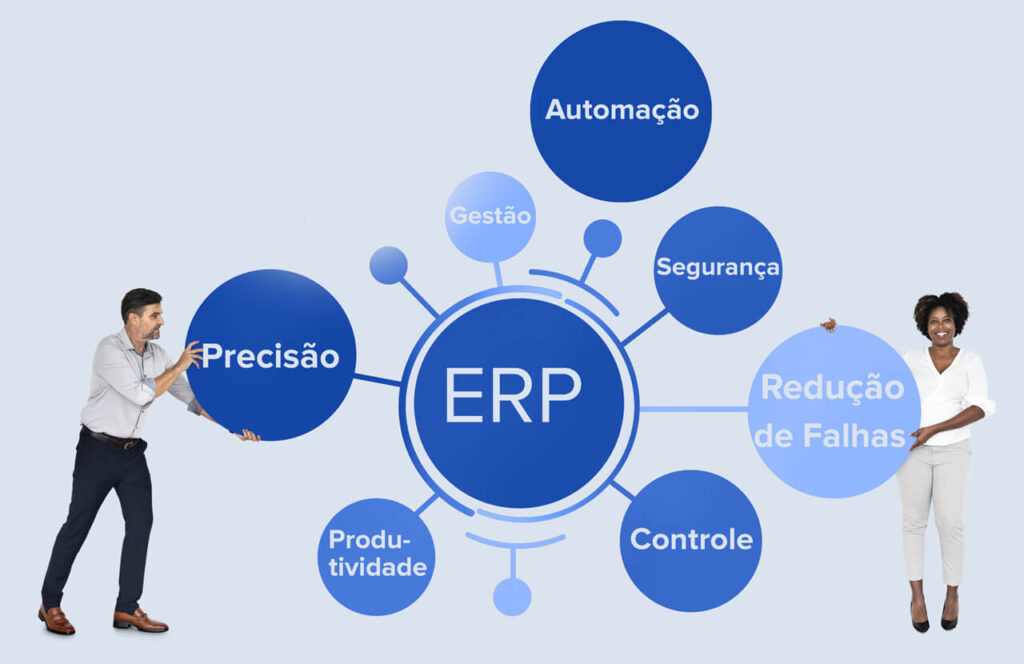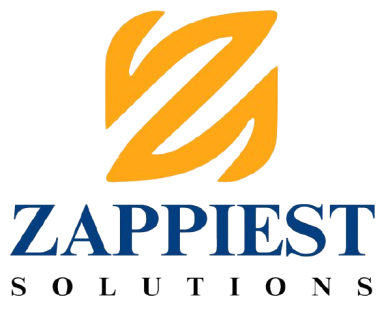
In recent times, various sectors have undergone technological advancements, and the education sector is no different; schools are continually searching for methods to improve administrative efficiency, improve operations, and improve the learning experience for students. Perhaps, one of the most significant solutions behind this transition is the deployment of Enterprise Resource Planning (ERP) systems. ERP software allows all of these functions with student management, financial tracking, human resources, etc., to be integrated into one platform. Though it does benefit the educational institution at large, ERP implementation in schools can be daunting. This blog explains these challenges and suggests how ERP implementation can be successful in the educational institutions.
Understanding ERP in Schools
ERP systems are integrated software platforms that integrate an institution’s diverse operations into a single, cohesive system. While in schools, features of school ERP can include a larger spectrum of functionalities from student information management system, marking attendance, reporting grades, collecting fees, managing timetables, human resources as well as finances. By streamlining their automation and integration, ERP systems can drastically enhance operational processes efficiency, minimize human error, and devote more resources to essential educational tasks.
The Challenges Faces in Implementing ERP in Schools
Resistance to Change
One of the most common challenges faced when implementing ERP systems in schools is resistance to change by school staff and stakeholders. Staff members might be used to old school approaches of tracking daily tasks and might resist learning new technology. Such resistance may arise due to fear of the unknown, unfamiliarity with technology, or worries about increased workloads as a result of switching.
Training Deficiency and Skill Shortages
While school staff may be amenable to ERP, failing to adequately train staff can destroy the system. Many educators and administrators may not have technical proficiency to run the ERP system smoothly. In the absence of sufficient training, the system can be called underused, and workers might continue outdated procedures with their hands in place of the machine and the systems take place.
Data Migration and Integration Issues
Migrating from traditional methods to an ERP system can be a nightmare. Migration of student records, attendance, grades, and other sensitive data and information from existing systems to the new ERP system is a process that is not only complex but also time-consuming. Integration of the ERP system with the school’s existing software, such as accounting tools and student information systems, may require significant technical effort.
High Initial Costs
Deployment of ERP systems designed specifically for educational institutions can involve a sizable up-front cost. For many schools, particularly those with tight budgets, the cost of purchasing the software, implementing it, and training staff can be a barrier to entry. Schools might also require ongoing maintenance and software updates, which can be additional costs schools need to consider.
Customization and Scalability
Every education institute has its own requirement and thus ready to use ERP systems might not be fulfilling them. Adapting an ERP system to meet a school’s particular needs can be a complex and costly process. Also, the ERP system needs to be scalable, enabling it to adjust to changes taking place in the school and to bring in new students, staff, or other modules whenever asked. Making sure that the system is scalable and does not require frequent improvements or changes is an essential part of helping the solution stand the test of time.
How to Resolve the Challenges Faced in ERP Implementation
Stakeholder Engagement and Change Management
There needs to be a strategic approach towards change management in schools to overcome resistance towards change. This means engaging critical stakeholders — teachers, administrators, even students early in the decision-making process. It can be valuable to involve these stakeholders and show them the long-term purpose of the ERP system so they will take ownership and opposition will lessen over time. Schools can also create a feedback loop in which staff is able to express their concerns and suggestions throughout the implementation process, and they feel invested in making the system work.
Comprehensive Training and Continued Support
To overcome the skill gaps, conducting training sessions for all people using the ERP system is important. Make this training hands-on and allow users to work their way around using the system’s functions. Also, continued support is critical, particularly in the first week of implementation. School can also set up helpdesk or appoint ERP champion in the institution to help and clear issues as the come. Providing ongoing professional development and refresher training at regular intervals can also be beneficial in keeping staff up to date with the features of the system.
Need Help with Data Migration & Integration?
However, data migration can be one of the most important and, consequently, one of the most challenging phases of any ERP implementation. Thus, it is best to seek the help of ERP vendors or third-party experts who have the knowledge of data migration and integration to ensure a smoother transition. They can help to clean the old data, appropriately map it to the new system and ensure it is accurately transferred. In addition, they can help integrate the ERP system with other software tools that the school uses, so that all systems work together seamlessly.
Looking into Affordable ERP Systems
That said, ERP can be very costly, however, there are low-cost learning ERP solutions, for small schools with limited budgets. Due to the removal of upfront payment for hardware and continuous maintenance, cloud-based ERP systems are generally lower-cost than on-premise solutions. Now, many ERP vendors also provide tiered pricing models, meaning that schools can choose the plan that meets their budget. They could also consider government grants or educational funding programs that may be available to help cover the expenses associated with introducing ERP.
Scalable and customizable ERP system selection
ERP should be scalable and customizable according to the school requirements. Vendors need to provide adaptable solutions that can mold to a school’s specific workflow and process. Moreover, the system will need to scale with the institution breeding upward as the student body, faculty, and operational demands increase. Schools should also seek for ERP systems that are modular, so as they have the option of adding/removing features according to their requirements.
Conclusion
From operational efficiency to efficiency in data, there are many advantages of implementing an ERP system in schools. However, schools need to overcome a number of obstacles in implementing this technology, including resistance to change, training problems, and high upfront costs. With a robust implementation strategy that includes stakeholder engagement, comprehensive training plan, data migration support by experts, and selection of scalable and customizable ERP system, schools can navigate these challenges and utilize the full potential of ERP systems. This will lead to administrators a way to create structures& systems that are more effective, organized, and most importantly ready to be the part of education system of the future.
